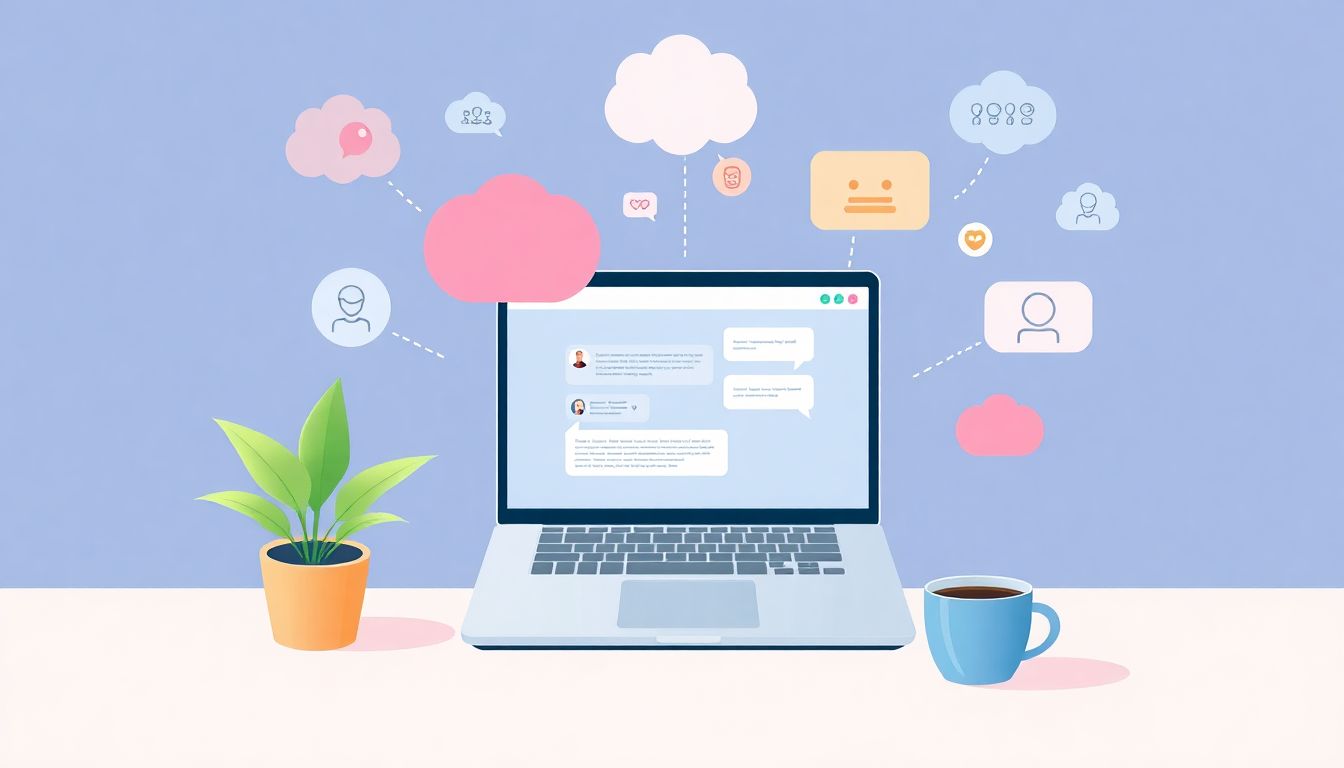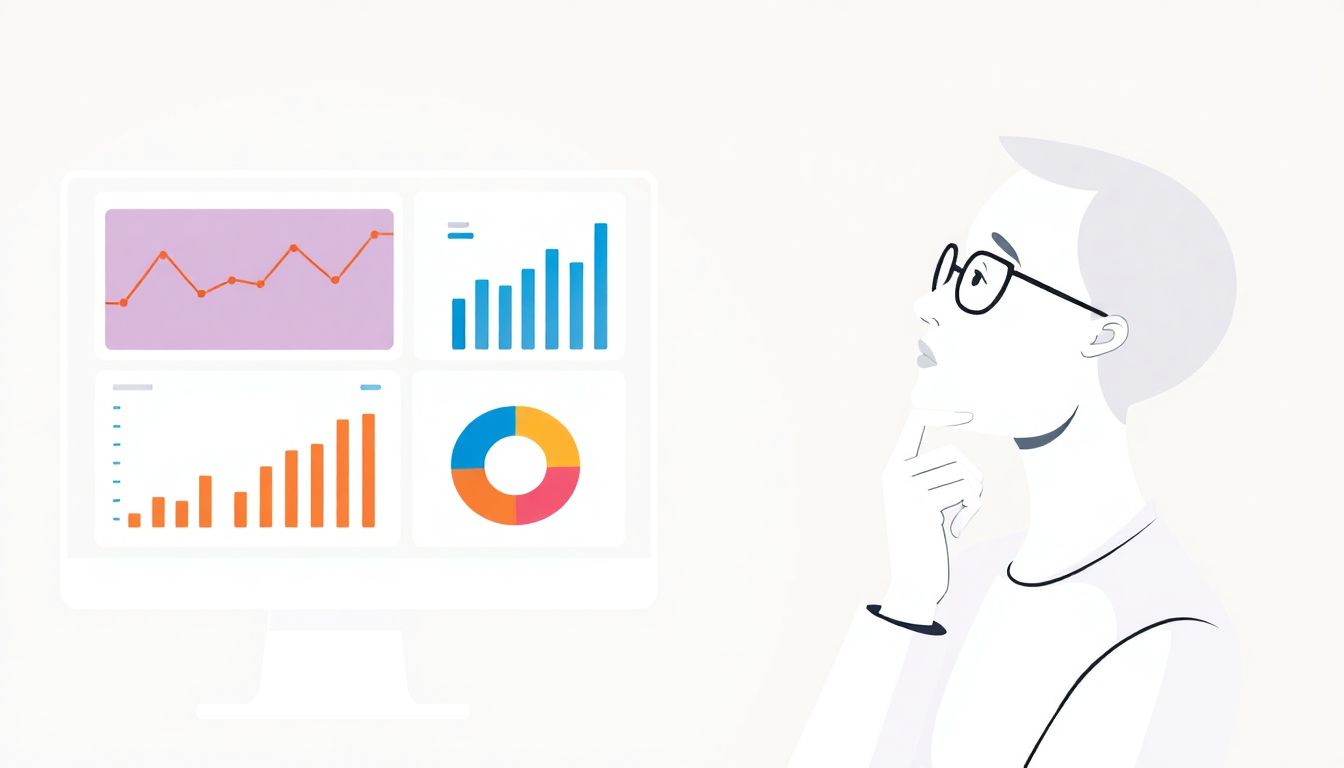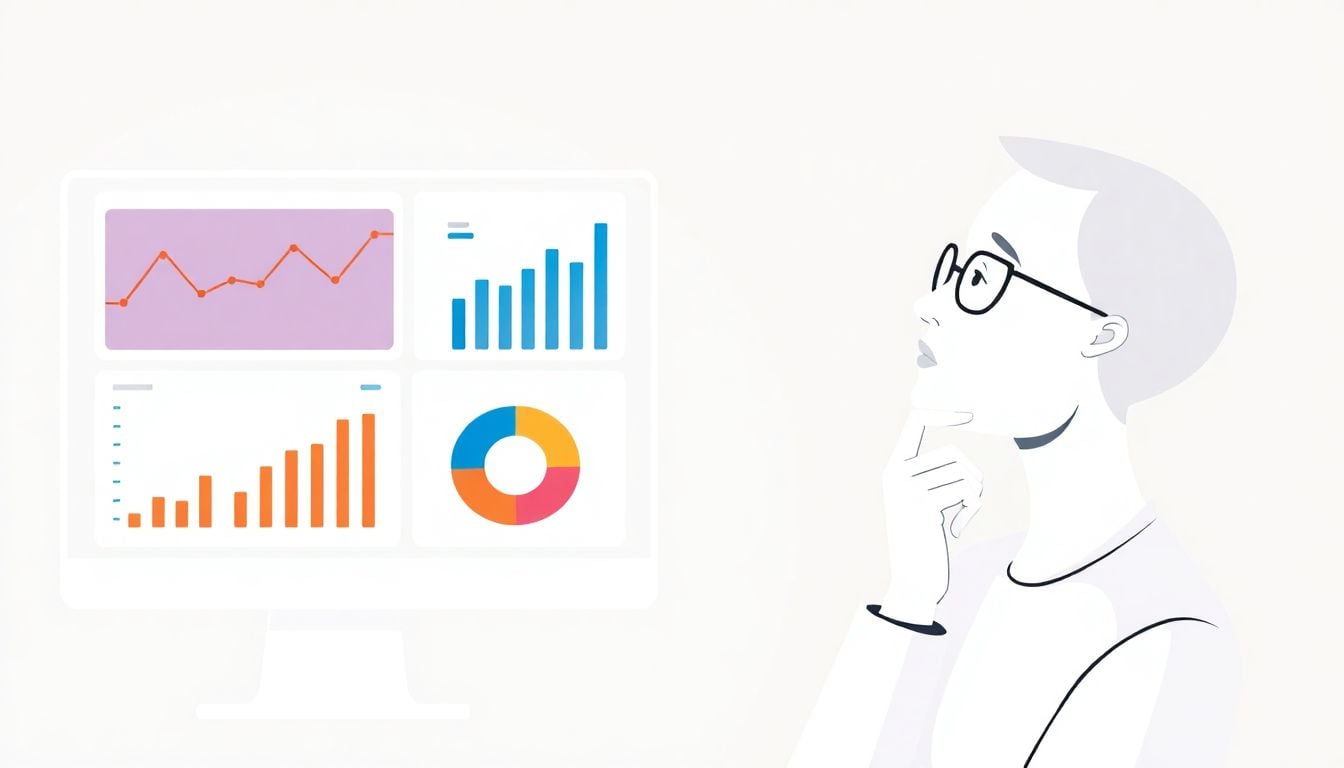Complete AI Prompt Pack
1000+ prompts • $37
Navigating the world of market research can feel overwhelming, right? With so much data and so many tools out there, it’s easy to get lost in the maze. You might wonder if there’s a smarter, simpler way to gather insights about your consumers without getting bogged down in complex methods.
Well, you’re in luck! If you stick around, you’ll discover how ChatGPT can be your secret weapon in market research and help you unlock invaluable consumer insights. Imagine getting more precise feedback and analysis with just a few crafty prompts—sounds promising, doesn’t it?
From crafting effective prompts to analyzing responses, we’ll explore practical steps to leverage ChatGPT effectively. Plus, we’ll touch on what to keep in mind to ensure you’re getting the best results. Let’s dive in and make market research less of a headache!
Key Takeaways
- ChatGPT simplifies market research by quickly gathering consumer insights.
- Identify clear research goals before forming specific prompts to guide ChatGPT.
- This tool is cost-effective, saving both time and resources in data collection.
- Use targeted prompts to receive more detailed and actionable responses.
- Gather consumer feedback effectively with well-structured questions.
- Analyze insights by categorizing responses and evaluating sentiment to uncover trends.
- Compare new findings with past data to track shifts in consumer behavior.
- Engage with stakeholders for feedback to refine your market research approach.

How to Use ChatGPT for Market Research and Consumer Insights
Using ChatGPT for market research can simplify the process of collecting consumer insights and analyzing data.
Start by identifying specific research goals, such as understanding customer preferences or analyzing competitors.
Next, formulate clear and focused prompts that guide ChatGPT to provide relevant information.
For example, you could ask, “What are the current trends in e-commerce consumer behavior?”
Utilizing ChatGPT’s capabilities can save time and enhance the quality of your research efforts.
Benefits of Using ChatGPT for Market Research
There are numerous benefits to incorporating ChatGPT into your market research strategy.
First, it offers efficiency in research processes, allowing for quick data collection.
Second, it’s a cost-effective method to gather insights without the need for extensive resources.
Third, ChatGPT can pull real-time data and analyze trends that are crucial for making informed decisions.
By automating parts of the market study, you can reduce manual work and focus on strategic analysis.
Overall, ChatGPT enhances your understanding of consumer behavior, making it a powerful tool in your research arsenal.
Steps to Create Effective Market Research Prompts
Creating effective prompts for market research with ChatGPT involves a few key steps.
Begin with a clear understanding of the information you seek. Think about your objectives.
Next, structure your prompts to be specific and targeted.
Consider these examples:
- “List the key factors influencing consumer decisions in the tech industry.”
- “What are the emerging trends in sustainable fashion according to consumer feedback?”
- “Analyze the demographics of online shoppers in the last quarter.”
Aim for prompts that allow ChatGPT to provide detailed and actionable insights.
Examples of ChatGPT Prompts for Market Analysis
If you’re looking for inspiration, here are some practical ChatGPT prompts for market analysis.
- “Generate a report on the latest social media marketing trends for small businesses.”
- “What are common pain points reported by consumers in the online food delivery sector?”
- “Summarize the latest consumer preferences in health and wellness products.”
These targeted prompts can help you gather insightful information efficiently.
Remember, the quality of the response often depends on the specificity of your query.
For additional insights on prompt creation, check out our guide on Crafting Product Descriptions with ChatGPT.

Gathering Consumer Feedback with ChatGPT
Gathering consumer feedback with ChatGPT can streamline the process and provide valuable insights effortlessly.
Start by designing your questions to capture specific feedback on products or services.
For example, use prompts like: “What do customers think about the latest features of our app?”
This allows you to tap directly into consumer opinions and insights.
Another useful prompt could be: “Identify common areas of improvement mentioned by customers in recent surveys.”
Ensure your questions encourage detailed responses; a prompt like, “What are the pros and cons of our offerings based on customer reviews?” can elicit in-depth thoughts.
Additionally, utilize ChatGPT to simulate surveys, asking questions such as: “What motivates you to choose a brand in our industry?”
This can generate a range of consumer sentiments that may not be captured in traditional surveys.
Be sure to analyze the responses collectively to find patterns or trends over time.
Using ChatGPT in this way not only saves time but can also yield a wealth of qualitative data that’s often overlooked.
Tips for Analyzing Consumer Insights from ChatGPT Responses
Once you gather insights from ChatGPT, analyzing them effectively is key to deriving actionable conclusions.
Start by categorizing responses into themes or topics that arise from the feedback.
For instance, use prompts like: “Summarize the themes from customer feedback on our new product launch.”
This helps highlight recurring sentiments or issues.
Next, evaluate the sentiment of the responses — are they generally positive, negative, or neutral?
Utilize a prompt such as: “Identify the emotional tone of this consumer feedback.”
Don’t forget to compare these insights to previous research or data to spot any shifts in consumer behavior.
Ask ChatGPT something like: “Contrast the feedback on our service from last year with this year.”
Remember to consider demographic factors; prompts such as: “Analyze how different age groups perceive our recent marketing campaign” can add depth to your conclusions.
Finally, always welcome feedback loops by sharing your findings with stakeholders and refining your approach based on their insights.

Limitations of ChatGPT in Market Research
While ChatGPT is a powerful tool for market research, it does have limitations that you should be aware of.
One significant drawback is that it may provide inaccurate or outdated information since it relies on existing data and patterns.
For example, if you’re asking about current market trends, you might get responses that don’t reflect the most recent shifts.
Another limitation is the potential for bias in the responses based on the data it was trained on, which can skew insights.
ChatGPT might also lack the ability to understand the nuances of specific industries or localized markets.
So, while it’s great for generating ideas and initial insights, always validate its findings with real-world data.
To explore these issues, prompt for analysis with: “What are the limitations of AI in understanding niche markets?”
Moreover, keep in mind that personal experiences and feelings from real consumers are nuances that ChatGPT may not fully grasp.
Hence, using it as a supplemental tool rather than a sole source of truth is a prudent approach.
Best Practices for Using ChatGPT in Market Research
Using ChatGPT for market research is most effective when you follow some best practices.
First, always start with clear and concise prompts to yield the most relevant responses.
Use examples like: “What strategies are competitors using in our market segment?” to get specific insights.
Second, blend ChatGPT-generated insights with data from other sources to ensure accuracy and depth.
It’s useful to prompt for comparisons, such as: “Compare our brand perception with competitors based on recent consumer surveys.”
Third, make use of follow-up questions to dig deeper into initial responses.
For instance, ask: “Expand on the consumer preferences mentioned in the previous response.”
Another practice is to keep refining your prompts based on previous interactions to enhance the quality of the results.
Additionally, establish a systematic approach for collating and analyzing the insights collected.
Finally, maintain an ethical approach by ensuring the privacy of any sensitive data involved.
For an example, prompt with: “Outline ethical considerations when conducting market research using AI tools.”
By implementing these practices, you can maximize ChatGPT’s utility in your market research efforts.
FAQs
ChatGPT provides quick data analysis, generates consumer insights, and creates tailored prompts that streamline market research. Its adaptability can enhance understanding of customer preferences and market trends significantly.
To create effective prompts, be specific about the information needed, clarify the target audience, and outline the context. This helps ChatGPT generate more relevant and actionable responses for your market research.
Limitations include potential inaccuracies in data interpretation, a lack of real-time data access, and inability to replace in-depth qualitative research. Users should supplement ChatGPT’s insights with human analysis for comprehensive results.
To analyze insights, categorize responses, look for common themes, and cross-reference with existing data. This structured approach helps identify trends and actionable items for informed decision-making.
Last updated: March 11, 2025
